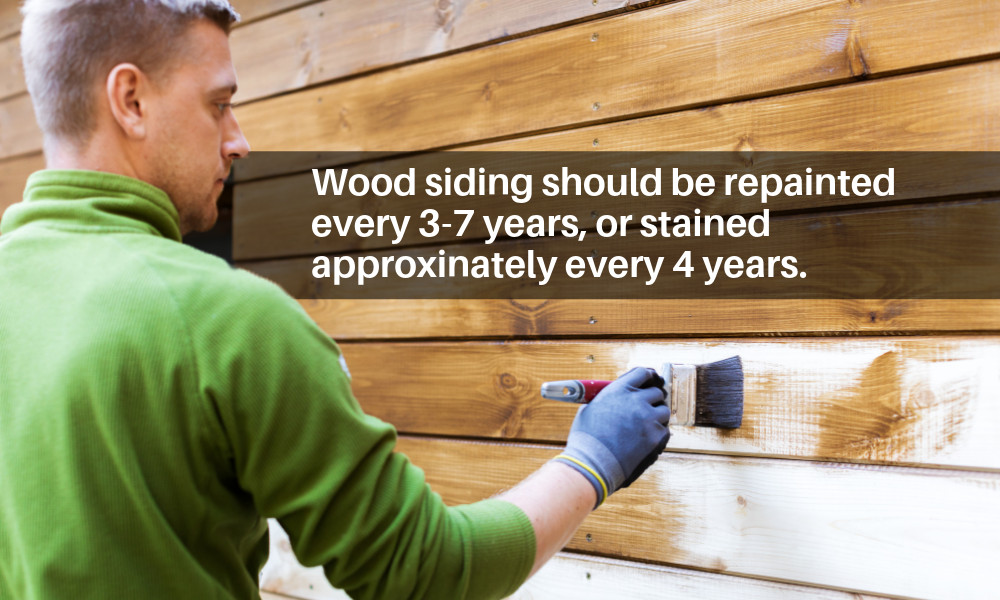
Home Renovations That Add Value to Your Home in Georgia
We spend more on home improvements every passing year. The 2018 Leading Indicator of Remodeling Activity, LIRA, projected that homeowners would spend nearly $340 billion on home improvements and repairs. This is a 7.5% increase from the estimate for 2017. This steady increase in dollars spent is a crucial clue for what it takes to sell a home in the current market.
The housing market is competitive, and homeowners across the country want to get the most out of their property when it comes time to sell. To do this, they make improvements, repairs, and even additions to their homes in the hopes they can sell it for a higher list price down the line. If you’re looking to do the same, then read on to discover some home renovations that add value to your home.
Refine Landscaping and Curb Appeal
One of the first things that potential homebuyers look at is the overall curb appeal of a property. If you want to raise the value of your home, make sure your home’s exterior looks fresh, clean, and just as attractive as the rest of the houses in your neighborhood. Homebuyers typically don’t want to invest in a home that requires extensive remodeling after they purchase it. It’s for this reason that first impressions are everything.
If you don’t know where to start with the exterior of your home, a new coat of paint never hurts. A fresh new look is the perfect way to make your home stand out and protect it from the elements. You may need to do some research on what paint finishes work best based on the area you live and how much sunlight your siding is exposed to.
Replacing your windows and front door in Cumming, GA can also be a worthwhile investment. Not only will the replacements give the home a new look, but it will also better protect the interior of the home from the elements.
As you pursue these projects, also be sure to keep up with the landscaping. A neat, well-groomed lawn is a great way to complement the beauty of your property and the rest of the neighborhood.
Update Select Areas of Your Home
Crucial areas that buyers look at include the bathroom and the kitchen. These two spaces generally have the biggest need for renovation, as the technologies and designs for these rooms constantly evolve. Adding the most up-to-date amenities can greatly increase the appeal of the home, and, by extension, increase the overall value.
Another home renovation that adds value to your home is turning your unfinished basement into a more welcome and inviting space. While unfinished basements can be used for storage, the value of a home increases when the buyers are given options on how to use a space. By finishing your basement, you create the possibility for new individuals to use that space how they see fit. The key with this renovation is to make the space as open and usable as possible.
If you plan to pursue these renovations, however, there are a few things you should consider before you start. Renovations like these can be expensive, so it’s crucial to weigh the price you’re going to pay for the work against the overall value that will be added to your home. You may not get all your money back from these repairs, and you need to adjust your renovation plans to fit with what you can afford.
Catch Up on Necessary Repairs
When it comes to home improvement, sometimes the details are where you’ll see the most impact. Whether it’s a leaky faucet or a broken air conditioner, even the smallest problems can collectively make up the bigger picture of your home. Fixing these small issues will not only prevent larger ones down the line, but will also increase the property’s value, as the new owners won’t have to do any of the work themselves.
Some potential repair projects include the following:
- Reroofing
- Updating siding protection
- Fixing electrical issues
- Repairing water damage
- Removing damaged or rusted pipes
- Removing mold
- Fixing damage from pests
- Repairing the foundation
Be prepared to correct these issues, and others not listed, as they occur so you can avoid more severe damage. While these repairs can be expensive as well, it’s crucial that your home is in pique condition if you want to preserve its value.
Consider Additions
While the most expensive renovation, one of the ways to dramatically increase a home’s value is to add useable floor space to the property with an addition. This could be in the form of a spare bedroom or even a new study. Adding bathrooms to a home tends to increase the value more because homes with multiple bathrooms are typically in high demand.
Deck and patio additions are also extremely sought after. Remember, you’re taking up some of the yard space with these additions, so it’s important to plan them out carefully. Large yards are also popular among homebuyers, especially young couples who wish to start a family, so weigh the pros and cons of the addition carefully.
When evaluating home renovations that add value to your home, remember that they also need to coincide with neighborhood regulations. You may need to make a request with your town hall to start the work. Depending on the town you live in, you may also have specific codes to meet. The town hall will have to agree to the work and give you a permit to build the addition if this is the case. Generally, this isn’t a problem; however, if the town wants all its homes to remain uniform in appearance, you may not be able to make the changes you want. If you live in a gated community, for example, one of the main appeals is that the homes mirror each other, so your options may be limited in what you can pursue.
If you’re looking for a painter in Cumming Georgia to help with your renovation process, Bear Mountain Custom Painting has just the professionals you need. We can take away some of your renovation stress and leave your home with beautiful, lasting results.


